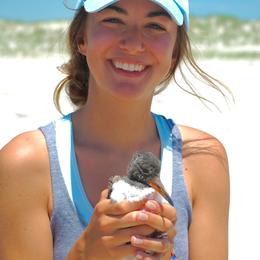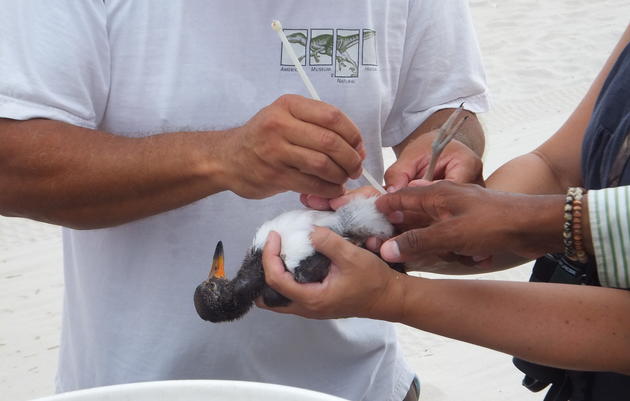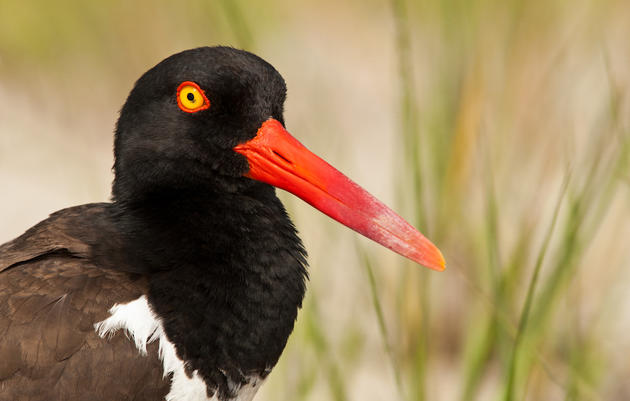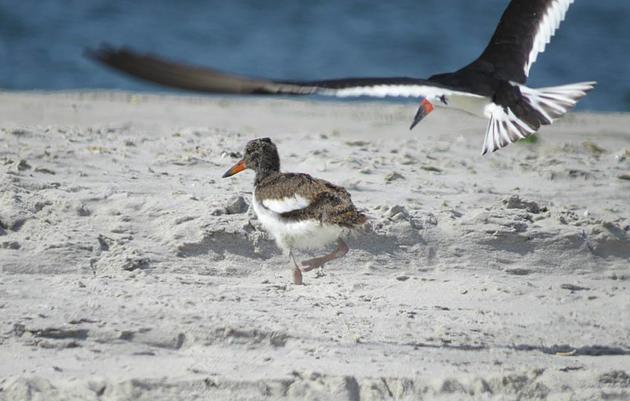It’s hard to believe that the 2016 field season has already wrapping up here on Long Island! I have learned so much these past 5 months, and gained many skills that will help me in all my future endeavors. Since my goal is to work full-time for an environmental conservation non-profit, being able to gain experience with Audubon helped me get a better idea of how non-profit organizations work, and what kind of positions I can aspire to hold in the future. It also helped me better understand the relationships between organizations like Audubon and government organizations such as the Department of Environmental Conservation, the U.S. Fish & Wildlife Service, and local town governments. Having so many people to connect and share data with showed me that I have better communication abilities than I first thought, and was a great testament to my organizational and interpersonal skills. Participating in our Be a Good Egg days helped with this as well, and gave me valuable experience in community outreach and education.
When I first signed on to this job, I thought it would be strictly American Oystercatcher (oystercatcher) monitoring—but it turned out to be so much more than that. I ended up having my own Piping Plover site (Tobay Beach) and was able to band many oystercatchers, Common Terns, and Black Skimmers, which gives me a huge upper hand when applying to future bird ecology positions. I also participated in migration surveys, which enhanced my identification skills and count several species of shorebirds, and gained experience installing nest exclosures and symbolic fencing.
Unfortunately, our shorebirds did run into some trouble this season. We had a big fox problem at Tobay and, as a result, lost many American Oystercatcher eggs and Piping Plover chicks. This was the least successful site. At Jones Beach, we lost several of our initial oystercatcher nests to a large flooding event, but were able to rebound a bit and ended up with 4 of 12 nesting pairs fledging at least 1-2 young each! Predation was also a problem at this site, but not as bad as at our Town of Hempstead sites. We had over 70 oystercatcher nests recorded for Town of Hempstead, but almost each one had to re-nest at least once. The population was able to rebound and we ended up with 43 fledges from 53 pairs.
Overall, I had a great time. Being able to do field work I truly care about at beautiful field sites was incredible, and made all of the sunburns and sore legs worth it. Even on my weekly office days spent entering data, I was surrounded by a group of extremely friendly, supportive, and welcoming women whom I will miss working with.
I’m still figuring out the next step in my career and am working on a variety of job applications both for more seasonal work and permanent positions in conservation. It’s a little nerve-wracking not knowing exactly where I’ll be next but, thanks to all I’ve learned from this position, I feel ready to take on the challenges ahead. Thank you for your contribution—it provided me with so much and gave me a new sense of confidence that I can bring to all my future conservation pursuits!











